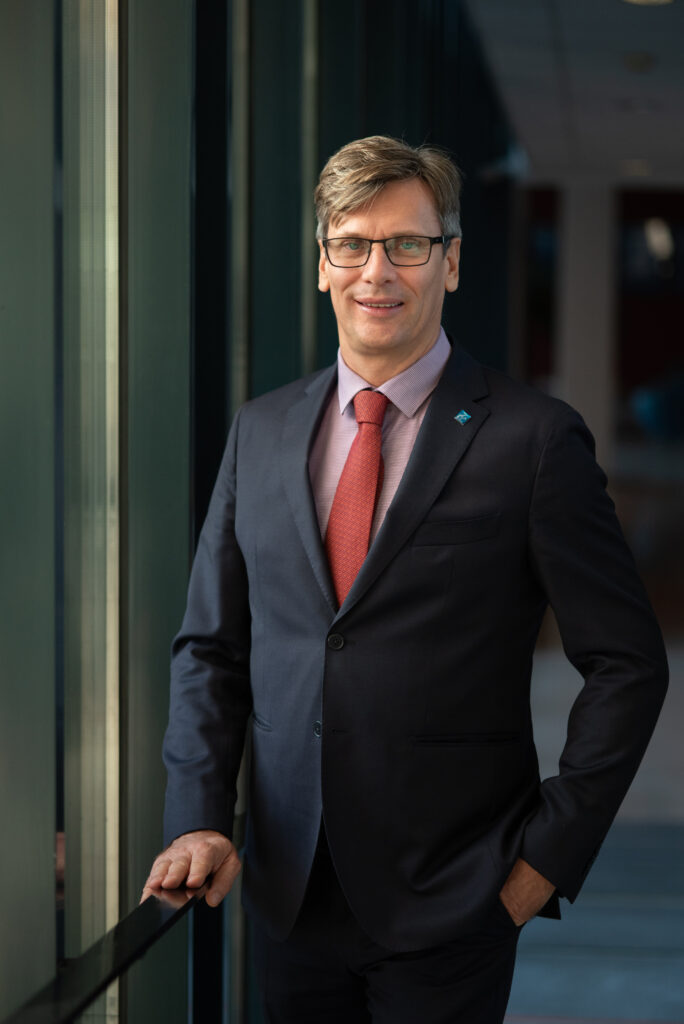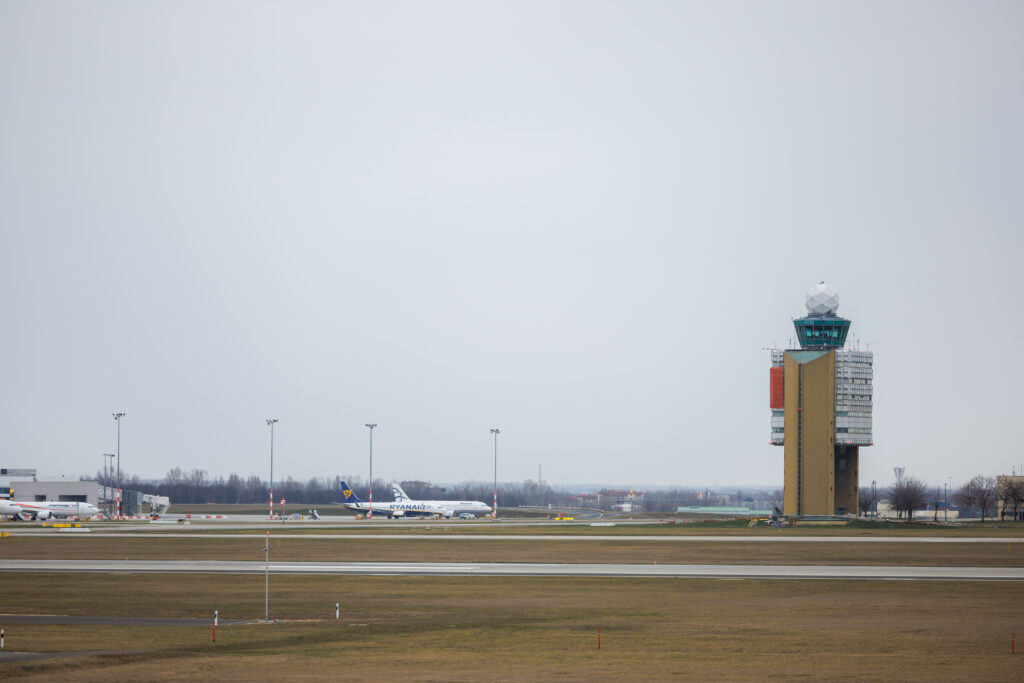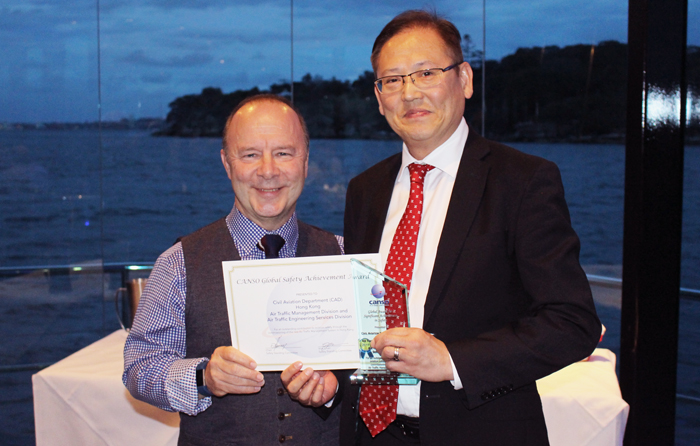Managing summer 2025 traffic – HungaroControl
In the first of a new series of interviews with European ANSPs, Gábor Menráth, deputy CEO, Chief Operations Officer at HungaroControl, answers questions about preparations for the summer travel season.
What traffic situation do you expect in Hungary this summer compared to last summer?
We are expecting 8 per cent traffic growth in overflights vs. Summer 2024 and 14 per cent growth vs. Summer 2024 in the terminal traffic (Ferenc Liszt International Airport). HungaroControl is managing an overflight traffic increase of nearly 30 per cent compared to the pre-Covid period, which has resulted in an unprecedented operational load.
Is HungaroControl applying airspace optimisation measures and changes to sector configuration to enable more capacity and/or increase flexibility to respond to traffic fluctuations?

The measures mentioned below were presented in detail at the Network Manager User Forum Navigating Summer 2025 on 29 January 2025. HungaroControlis applying sectorisation adjustments aimed at expanding capacity by utilising airspace in an improved manner:
- EAST-NORTH sector geographical split: Aimed at relieving the EAST sector from overload. The NORTH sector was initially implemented around 2020, but first experiences showed that additional measures are necessary to fully benefit from its advantages
- WEST-SOUTH sector geographical split: Aimed at optimising the configuration by splitting terminal into arriving and departing flows between WEST-SOUTH sectors below a Flight Level of 345,000 feet (FL345). We apply this optimisation solution on demand, whilst also noting that it is used mostly during the morning period in support of first rotation traffic.
New division of flight-levels: Post-operations analysis for summer 2024 has shown that using FL355 instead of the current FL375 for vertical cut could provide a more optimised sector configuration. In addition, elementary sectors will be identified by numbers instead of names, which will ensure harmonisation with our neighbouring ANSPs’ sectorisation schemes.

Has HungaroControl implemented any new ATM system functionalities or technology innovations that will help accommodate more traffic?
HungaroControl introduced a real time weather forecast service in its main control room. Under this agreement with Hungaromet (Hungarian Meteorological Service Provider), they provide a certified meteorologist during daytime shifts with 24-48 hours planning. This service is directed at more precise airspace capacity limitations.
What measures is HungaroControl taking to ensure you will have enough staff available to deal with the expected traffic?
We have completely transformed our approach to air traffic control officer (ATCO) headcount challenges: for RP4 (2025-2029) we have substantially increased our HR expenses and we are planning with over 50 per cent increase in the number of our ACC ATCOs over the next 5 years;
- we have restructured our training: we now have two new classes of air traffic controllers each year, thereby increasing the output rate by 25-30 per cent in controller headcount;
- we are employing licenced controllers from the adversely effected countries by the war (Lithuania, Latvia etc) into our Kosovo upper airspace (KFOR) sector, and move our ACC licensed Hungarian controllers to the ACC sectors;
- in 2025 we are employing nine freshly licensed controllers in the ACC sector;
- we are actively recruiting controllers to the ACC sector from the Baltic states who already hold licence;
- we have introduced a Multi-functional Officer sector, staffed by air traffic controller executives with existing licence in high demand peaks;
- we have created a peak capacity stand by pool for high demand situations.
How is HungaroControl working with the Network Manager, airlines and airports to prepare for the summer?
On a daily basis, both operational and management level HungaroControl engages with not only with neighbouring ACCs and the Network Manager, but also with airspace users and the Budapest Airport. Engagement is not only about preparation for the summer, but daily operations leading up to and during the summer period.
Additional operational measures introduced in order to increase capacity include:
- Optimised traffic flows to reduce complexity (“GATE” concept): Reduce sector clippings (aircraft which spend only a short period in the sector) by keeping the traffic in one sector, which would also reduce ATCO coordination workload.
- Enhanced air traffic flow management (ATFM) techniques (e.g. new ATFM scenarios; tailored application of Tactical and Pre-tactical regulations; new configurations to balance traffic load during peak periods): Regulate certain city-pairs dynamically in dedicated periods
- Adverse Weather Procedure improvement: MET staff present in the Operations (OPS) room: presence of certified meteorologist who gives real time guidance to our ATCOs to better plan for adverse weather conditions.
Is HungaroControl undertaking any other measures to deal with summer traffic?
Further examples include:
- ATM system modification:
- Initial Flight Plan Processing System (IFPS) Repetitive Flight Plan (RPL) displayed in the extended label for the ATCOs to support flight plan adherence
- Specific functions under EUROCONTROL harmonised Rules for Operational Air Traffic (EUROAT) e.g. Short Term Conflict Alert confirmation and tailored parameters
- Complexity tool: already implemented in the OPS room, but new parameters are being added and continuously validated by observing and interviewing ATCOs

How will HungaroControl continue to ensure a high level of safety during busy summer periods?
HungaroControl’s top priority has always been to maintain the highest level of aviation safety. Ensuring this primary goal may require the implementation of restrictions resulting in delays, aimed at supporting safety of flights and passengers.
We have devised and implemented a fatigue monitoring system in our OPS room. This is essentially a tablet-based score system where controllers have to possibility to indicate their relative level of fatigue.
What long-term solutions do you believe are needed for HungaroControl to be able to provide more capacity in future summer travel periods?
Our priority remains to continuously build additional capacities. Our management’s target is to increase the available ATCO capacity for Budapest ACC by 50 per cent by the end of 2029.To this end, we are actively exploring non-conventional initiatives, including the reorganization of training and the recruitment of foreign ATCOs. We are also mobilising our certified controllers that are dual hatting and also engaged with administrative duties to provide an additional sector during summer operations.
We see the need to ease the contradiction between the short-term approach of the NOP vs the long-term financing framework of the Performance Scheme, with e.g. eliminating the inadequate traffic risk sharing scheme, and introducing more relevant and effective incentive schemes on factors truly under control of ANSPs.


